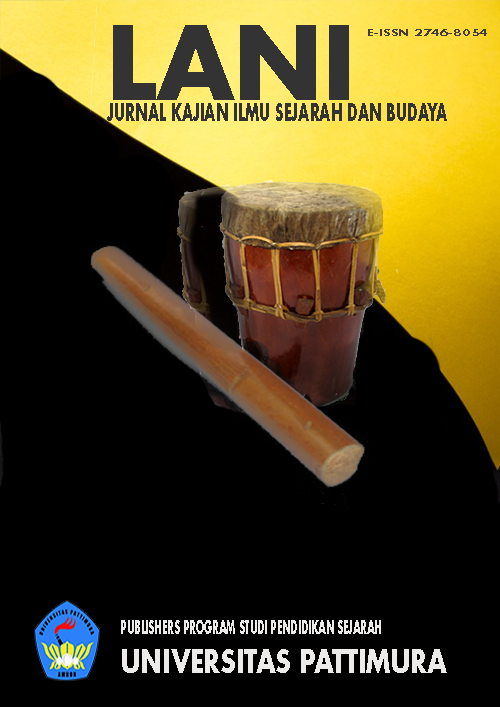Sejarah Evolusi Generasi Internet
The History of Internet Generation Evolution
Abstract
This study aims to trace the evolutionary history of the internet across generations, culminating in the fifth generation (5G). Over the last decade, internet technology has undergone rapid development. Each generation of internet technology—1G, 2G, 3 G, 4G, and 5G—comes with its own set of advantages and disadvantages. This article provides an overview of the features and specifications of these internet generations. It examines when Indonesia first adopted internet technology, including identifying the figure known as the "father of the internet" in Indonesia. The internet serves as a medium through which people access information from distant places they may never visit in person. It has become an essential communication tool, enabling connections at any time and from any location. The internet is also instrumental in simplifying human tasks. As inherently social beings, humans find it difficult to detach from social media, relying on the internet for activities such as browsing, chatting, and online learning, all of which have become integral to daily life.
Downloads
References
Cohen-Almagor, R. (2011). Internet History. International Journal of Technoethics, 2(2), 45–64. https://doi.org/10.4018/jte.2011040104.
Pereira, V., & Sousa, T. (2004). Evolution of Mobile Communications: From 1G to 4G. Retrieved July 2004.
Sejarah Internet Kita et al. (1995). Sejarah Internet. Retrieved 1995.
Pease, R. L. (2013). A Brief History of the NSREC. IEEE Transactions on Nuclear Science, 60(3), 1668–1673. https://doi.org/10.1109/TNS.2013.2239661.
Rappaport, S., Podsiadlowski, Ph., & Horev, I. (2009). The Past and Future History of Regulus. Astrophysical Journal, 698(1), 666–675. https://doi.org/10.1088/0004-637X/698/1/666.
Tondare, S. M., Panchal, S. D., & Kushnure, D. T. (2014). Evolutionary Steps from 1G to 4.5G. International Research Journal of Advanced Computer and Communication Engineering, 3(4), 6163–6166. Retrieved from www.ijarcce.com.
Sood, R., & Garg, A. (2014). Digital Society from 1G to 5G: A Comparative Study. International Journal of Application or Innovation in Engineering and Management, 3(2), 186–193.
Kruthik, M. S., & Vali, D. K. (2018). A Survey on Evolution of Mobile Communication from 1G to 7G. Proceedings of NCICCND, 391–397. https://doi.org/10.21467/proceedings.1.61.
Rohaya, S. (2008). Internet: Pengertian, Sejarah, Fasilitas Dan Koneksi. Geopolitics and International Boundaries, 2(1), 1–16. Retrieved from http://digilib.uin-suka.ac.id/362/1/.
Eluwole, . T., et al. (2018). From 1G to 5G, What Next? IAENG International Journal of Computer Science, 45(3), 413–434.
Putra, R. D., Supartono, S., & Deni, D. A. R. (2018). Ancaman Siber Dalam Perspektif Pertahanan Negara (Studi Kasus Sistem Pertahanan Semesta). Peperangan Asimetris, 4(2).
Faruque, S. (2019). Frequency Division Multiple Access (FDMA). In Radio Frequency Multiple Access Techniques Made Easy. Springer, Cham, 21-33.
Doarn, C. R. (2021). Technological Advances Making Telemedicine and Telepresence Possible. In Telemedicine, Telehealth and Telepresence. Springer, Cham, 257-271
Copyright (c) 2021 Ahmad Saroji, Triana Harmini, Muhammad Taqiyuddin

This work is licensed under a Creative Commons Attribution-ShareAlike 4.0 International License.








